
Be immersed in the Houston Museum of Natural Science Revamped Immersive Welch Hall: Matter & Motion
The Ting Tsung and Wei Fong Chao Foundation Presents The Welch Hall: Matter & Motion from Quantum Chemistry to Astrophysics

For centuries, science sought to separate chemistry and physics into two distinct sciences, but modern discoveries have shown that the universe is actually an intractably intertwined continuum of chemistry and physics—matter and motion.
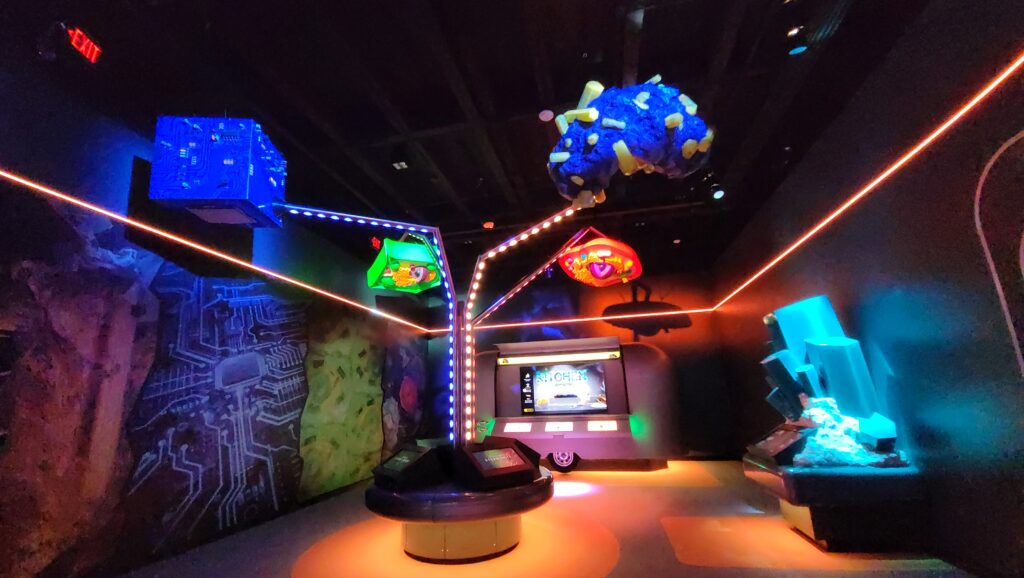
The all-new permanent Welch Hall: Matter & Motion, presented by the Ting Tsung and Wei Fong Chao Foundation, immerses visitors in an exploration of the old, the new, and the next, while challenging them to look even further and use what we “know” as the foundation for imagining what we might “think” next in our never-ending quest to precisely define the nature of the universe.
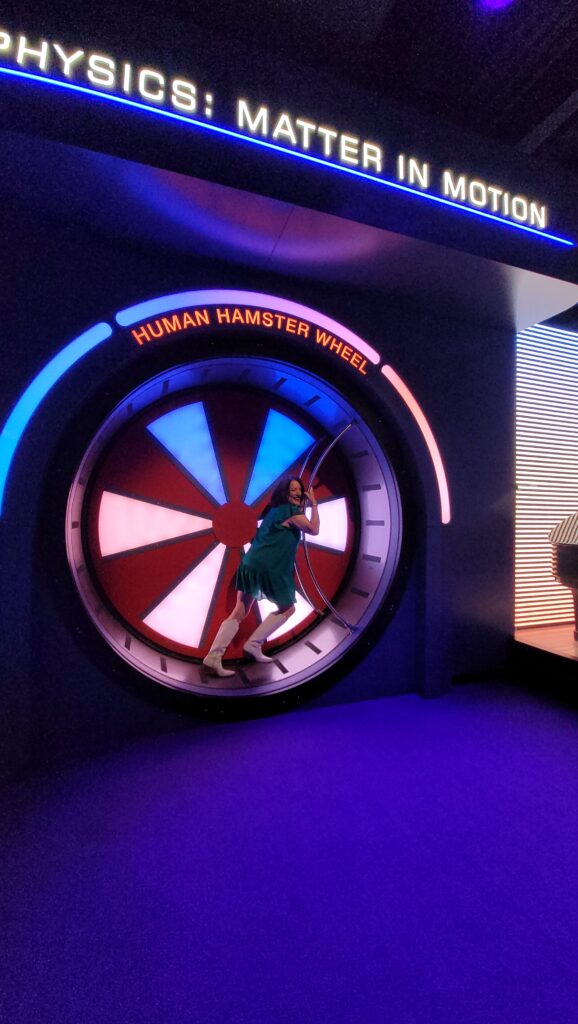
In addition to the cutting-edge science, the new hall will once again raise the standard in delivering memorable educational experiences using heavily themed and highly engaging immersive environments, the latest advancements in media production techniques, and proprietary interactive encounters. Lighting, sound, mechanical participatory exhibits, state-of-the-art projection, and LED video wall technology will all contribute to the hall’s unforgettable experience.
“We’re excited to present another thoroughly renovated, greatly expanded, and fully immersive hall that celebrates the magic of science and the majesty of nature. The Matter & Motion Hall will inspire a new generation of scientists and science enthusiasts to become imaginative problem solvers, visionary humanitarians, and thoughtful stewards of our planet. ,” said HMNS President and CEO, Joel A. Bartsch.
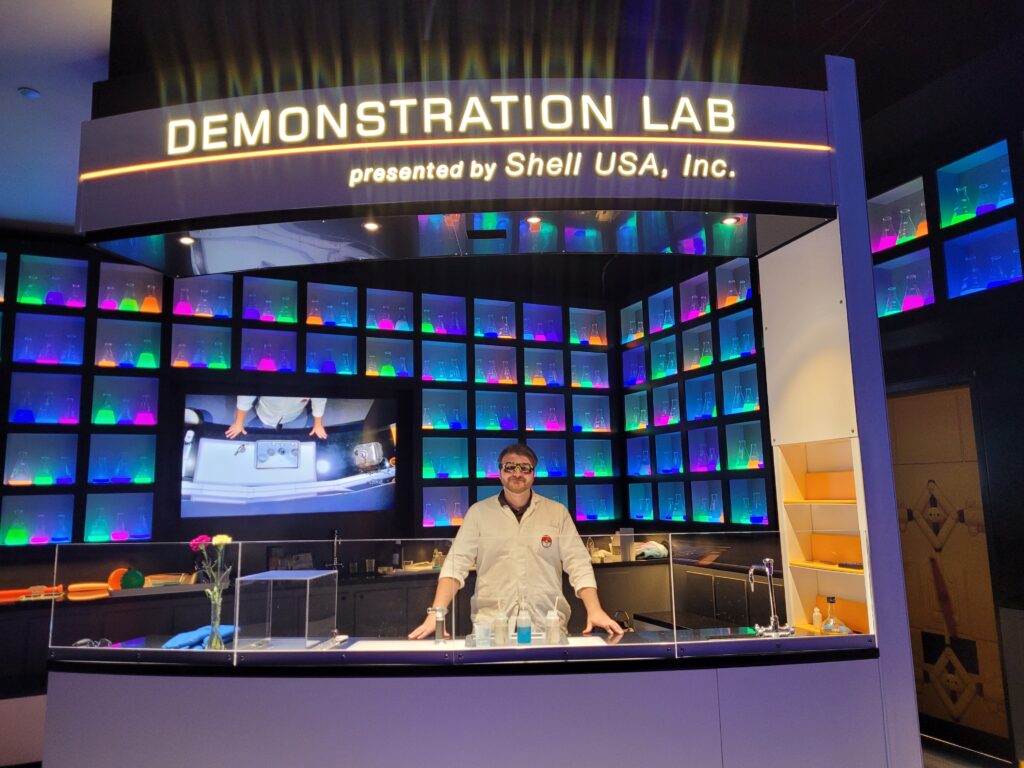
“The technology that our team is developing and adapting to share the science of chemistry and physics with our visitors is thoroughly captivating and downright fun! In many ways, it rivals and exceeds what visitors already experience in our wildly popular Wiess Energy Hall 3.0.” Bartsch continued, “We’re in the inspiration business here, exploring both the nature of science and the science of nature. The sparks of ‘Wow!’ that we see reflected in the faces of our visitors will translate into real-world innovation in the not-too-distant future, and we’re proud to be at the forefront of changing the world.”
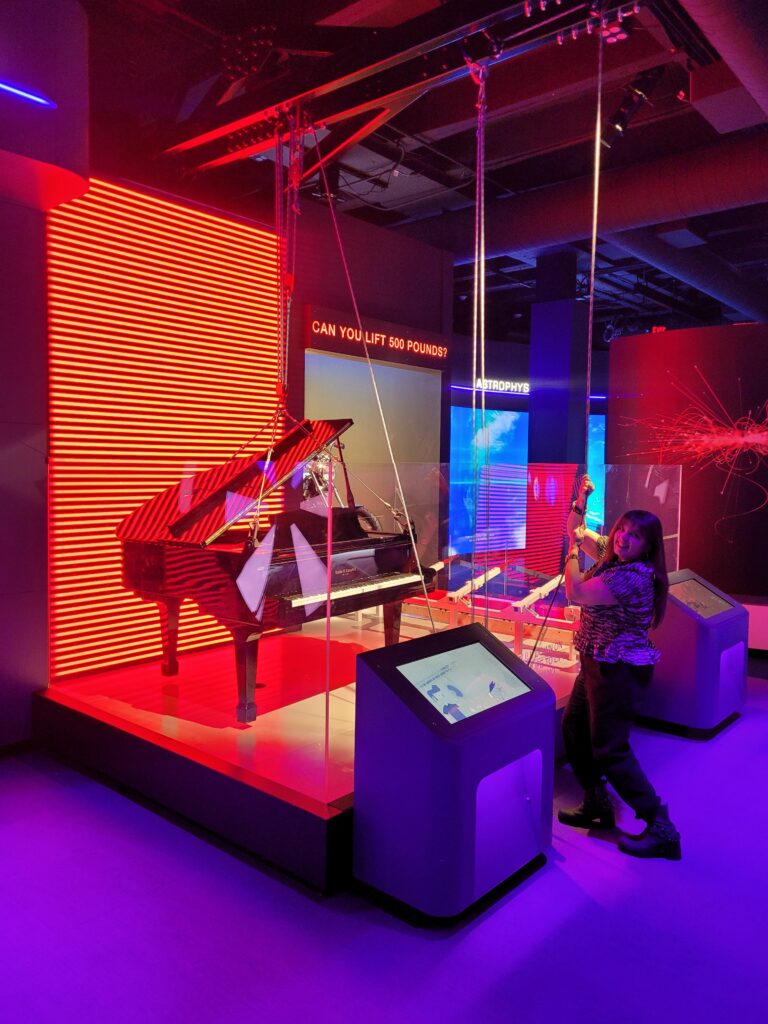
Walk through The Welch Hall: Matter & Motion. Be ready to be amazed!
Touch-Free Exhibit Experiences
The new hall will take the lead in pioneering touch-free technology for interaction with museum exhibits, employing devices such as the Microsoft Azure Kinect and Leap Motion Controller by Ultraleap. The exhibit design team is also exploring proprietary touch-free technology developed specifically for this exhibition. A signature feature of the hall—the Periodic Table Floor—will offer visitors the chance to interact with their feet as they romp and dance their way across the elements.
Comprehensive Content
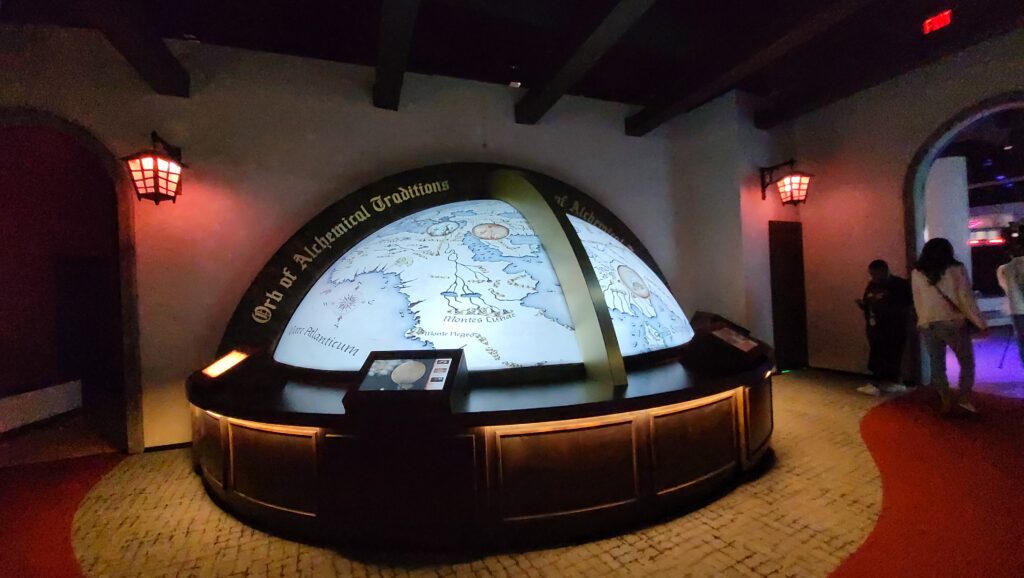
Encompassing more area than an Olympic-sized swimming pool, or three NBA basketball courts, the updated hall comprises ten galleries which thoroughly explore the many topics that help us understand how our universe works. Some highlights of this comprehensive exhibition include:
· The Houston Connection – An interactive, animated mural showcases the many ways chemistry and physics are integral to Houston, including petrochemicals, space exploration, freeways—even Houston’s diverse culinary scene.
• Quarks to Quasars – A floor-to-ceiling, curved screen video presentation immerses visitors in the staggering scale of the universe, from the subatomic to the intergalactic.
• The Periodic Table Floor – Using state-of-the-art, walkable LED tiles, this highly interactive Periodic Table of the Elements allows visitors to explore the elements on a grand scale through the soles of their shoes.
• The Chemis-Tree – The oddly organic-looking branches of this towering display feature an upsized animal cell, plant cell, mineral crystal, and a complex circuit board, highlighting the myriad occurrences of chemistry in our world.
• Newton’s Cradle – This giant replica of the popular executive desk toy offers visitors a chance to explore the concepts of basic physics, like conservation of momentum, on a whole new scale.
• Human Hamster Wheel – Step inside the wheel, and start spinning. Visitors will learn about energy transfer, rotational energy, physiological energy, and maybe get a good workout in the process.
• Walk-In Brain – Here’s a chance to really get inside your head! Pulsing with light and color, the interior of this oversized cerebrum engages visitors as they explore the chemical reactions and electrical impulses that make up consciousness.
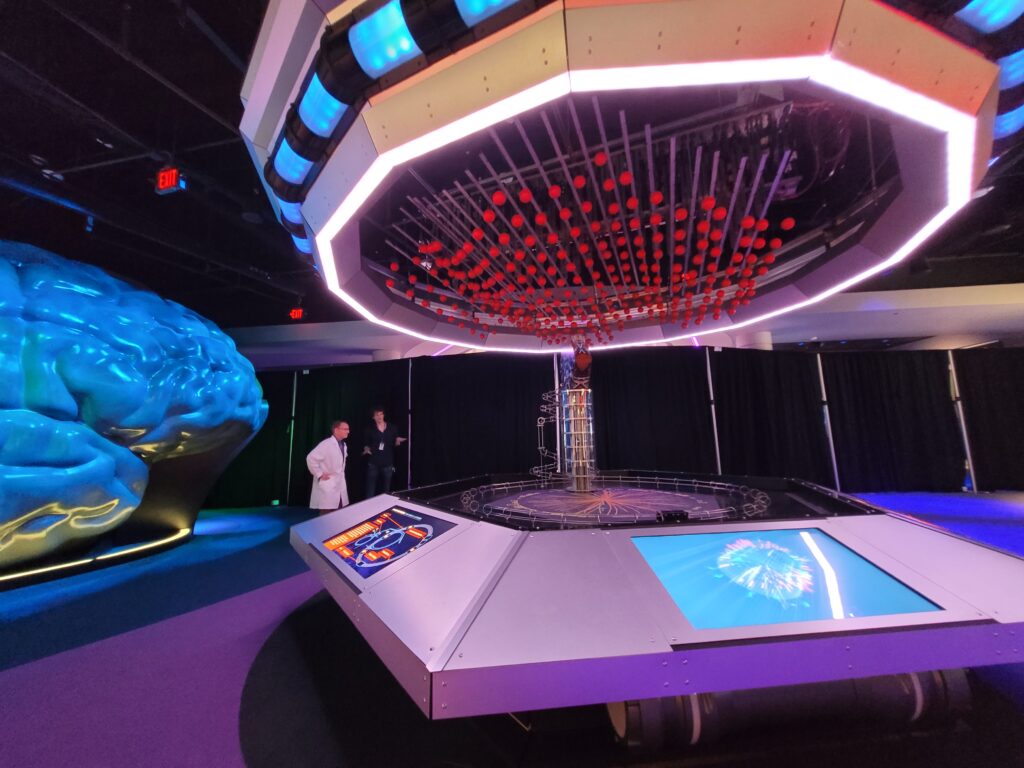
• Great Graphene – Walk into a giga-sized version of a carbon nanotube to explore how scientists are developing dozens of future, powerful applications for this versatile form of carbon.
• Quantum Computing – Gleaming with gold and copper like an alien chandelier, this full-sized replica of experimental computing equipment now being developed, anchors a display that showcases how the science of quantum computing works and how it could radically increase our speed in solving complex problems.
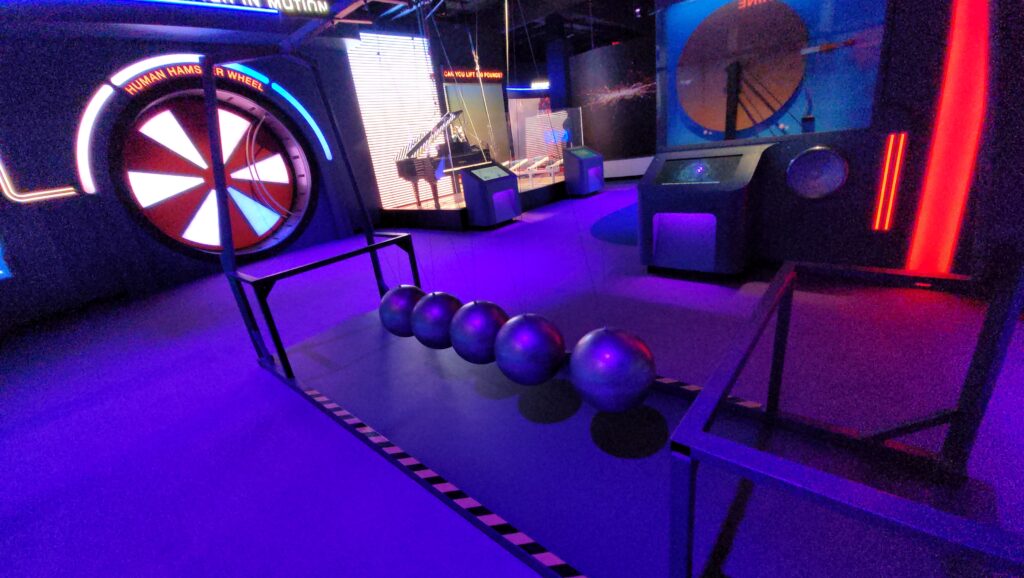
• Do the Particle Wave! – A dynamic sculpture on the ceiling features hundreds of lighted spheres, representing the photons of electromagnetic radiation. These spheres undulate in waves, visually suggesting how light is both a wave and a particle.
• Subatomic Whac-a-Mole – Step up to the collider, and watch a subatomic collision happen near the speed of light. In an instant, one or more of the elusive and oddly-named subatomic particles appear. Will you be fast enough to catch them before they’re gone?
• Black Hole Whirlpool – Watch as this physical depiction of a black hole consumes two whirling stars, spiraling closer to the hole’s dark center before disappearing across the event horizon and into the void.
• The Alchemy Hall – Enter the mysterious environs of a 16th-century alchemist’s laboratory, glowing under flickering lamplight, and packed with strange vessels and esoteric experiments. Learn how this early experimental activity became the predecessor of modern science.
• History of the Universe – This immersive, interactive video wall features cutting-edge animation showing the entire history of the universe as we know it today: from its almost unimaginable origin, to the formation of stars and galaxies, to the world as we know it, and then… to the end of everything.
For more information, visit https://www.hmns.org/exhibits/welch-hall-matter-motion/.
Photos: V. Sweeten